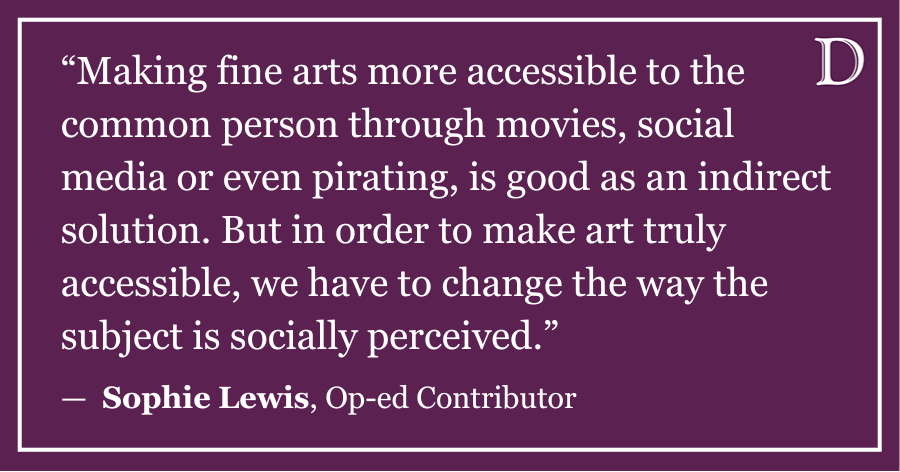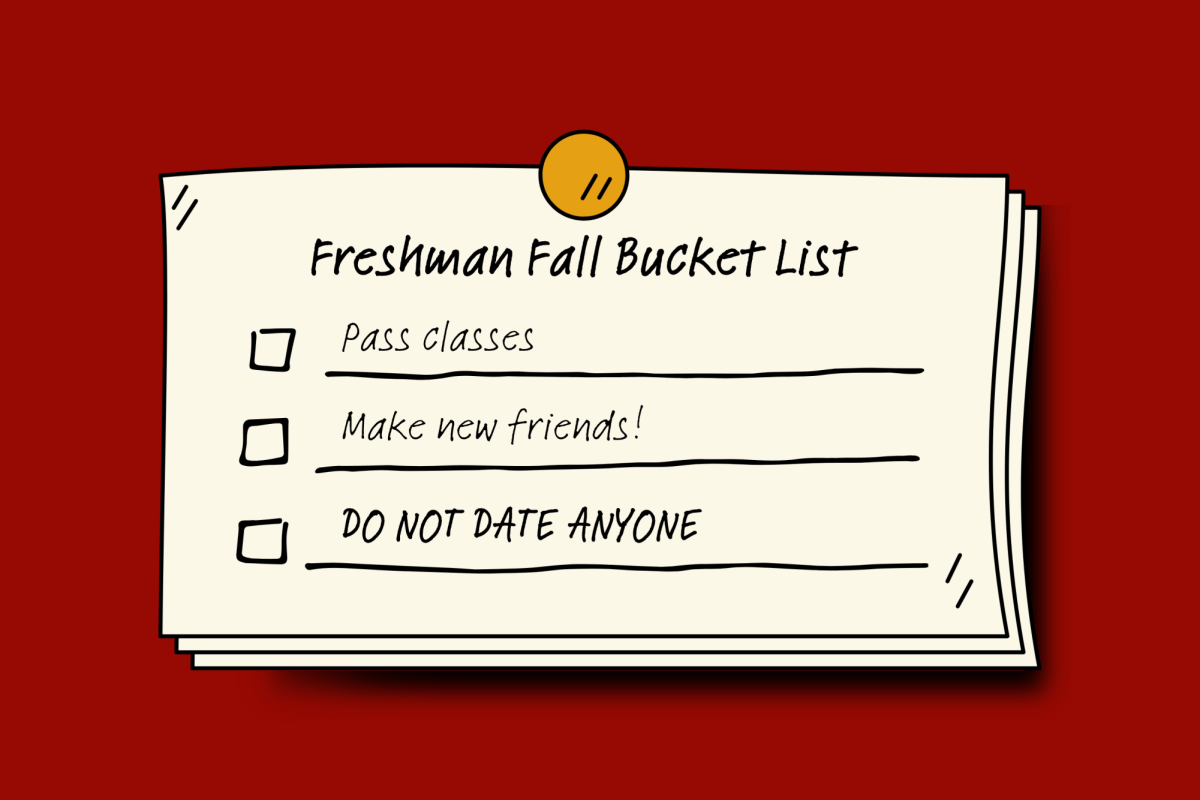University President Morton Schapiro turned some heads last week when he went public with his advocacy of a program called “three and e,” which would increase the exposure of Northwestern students to “experiential learning,” such as internships and volunteer work, possibly at the expense of regular academic coursework. The Daily supports the “three and e,” although we have some questions about its implementation. Schapiro and NU administration should carefully consider these questions to maximize the potential of this innovative idea.
A plan to reduce the number of required credits and increase extracurricular opportunities is one that, if instituted correctly, has the potential to create a more well-rounded college experience for students. In many ways, NU is an ideal university for such a program. First, NU currently requires more credits for graduation than other quarter schools, including the University of Chicago or Dartmouth College. In addition, the student body has proven accountable and driven enough to handle the responsibility of experiential learning. NU students who are dedicated to extracurricular activities ranging from theater shows to political unions are well-positioned to use hands-on learning to try out different enriching experiences, explore potential career paths and generally prepare themselves for life after college.
But the administration should be careful to remember the value of a liberal arts education. Schapiro specifically has shown his belief in this type of education in his past with his leadership of Williams College. He and his administration must be careful that any “three and e” proposal does not devolve into a résumé-building program. College is a unique learning experience that should not be reduced to a way in which to get a job. That kind of environment will ultimately do more harm than good for NU – a university already known for its pre-professional nature.
Administrators should also remember that students and undergraduate schools are not the same in all aspects. In particular, schools like Medill and McCormick have a more pre-professional focus, as students from these two schools are already required to gain practical experience like internships, which may lead to jobs after graduation.
That’s not to say that there’s no benefit to undeclared students and those in majors with less of a pre-professional slant. Experiential learning does not necessarily need to be made up of work experience. More exposure to a wider range of activities means more opportunities for students to find something that he or she finds genuinely interesting and stimulating. But administrators should think about how it is being implemented.
There are also issues such as what would happen to programs such as Medill’s journalism residency, McCormick’s co-op program and the SESP practicum requirement. Would they fit into a “three and e” program? It will be important to untangle the details of how existing experiential learning opportunities fit into the curriculum as well as graduation requirements.
Many questions still surround the “three and e” program. Schapiro himself has acknowledged that the community’s response to his proposal has not been as positive as he would have liked. “There are some questions, but we’ll see where it goes,” Schapiro said of the proposal in a Monday meeting with The Daily.
Luckily, there is time for those questions to be answered. If a “three and e” plan is to be included in the upcoming Strategic Plan, Schapiro will have plenty of time and opportunities to clarify the program and build support for it. While we support the idea of “three and e,” we hope he does both before it is implemented.






